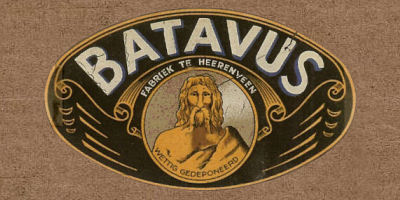


Triumph, BMW, & Kawasaki Sales Spares & Repairs.
Established for over 40 years and run by expert motorcyclists.
Fully authorised workshop.
The Batavus HS-50 has a single speed two-stroke Laura M-48 engine. The HS-50 was available in 20, 25, and 30 mph versions. It was manufactured from 1975 to 1979 (maybe longer). The HS-50 was also available in a deluxe model which included directional signal lights (indicators).
HS50 Batavus
The HS50 is a motorcycle style moped built to the specification of the British Batavus importers, Harglo Ltd. Like the other Laura engined models, the HS50 has single-speed transmission with automatic clutch and can reach a top speed of 35mph. Due to the nature of the centrifugal clutch, initial acceleration is very poor and renders the machine very unstable for the first few yards. However, once the bike is under way, the rate of acceleration increases. In fact, after a few seconds, when the engine reaches its power band the little 90lb machine rockets forward and starts making up ground on geared mopeds that have no trouble in beating it away from a standstill.
Front suspension of the HS50 is by telescopic forks with internal springs, while the rear is by a pivoting fork with the engine on the forward eng to counterbalance the rear wheel. The handling of the machine demands a great deal of care, as the steering is very light and perhaps, the forks are mounted too near the vertical plane. This is all very well when manoeuvering through traffic but, when travelling at more than a walking pace, the whole feels quite unstable and twitchy. This does not, however, detract from it's cornering power which is realy impressive. Despite using thin bicycle-type tires, the HS50 corners beautifully and even a novice rider can lean the machine over a quite absurd angles into corners. The only thing one has to remember is to turn the pedals so that they do not ground.
Due to the light weight of the Batavus, the small drum brakes are quite efficient; in fact, it is quite easy to lock both wheels on the driest of roads with just a firm grip on the handlebar-mounted levers. When the HS50 winds itself up to a fair speed, it is affected by gusty side winds, and much concentration is needed to keep travelling in a straight line. Also, the bike is prone to bounce around on bumpy surfaces and, again, needs to be held fairly tight. The HS50 uses a Bosch generator for its 6V electrical system and, of course, requires no battery for its magneto ignition. The headlight is rather puny, but should be adequate for in-town average-speed riding; inicators are an optional extra. The HS50 is quite fairly priced for a motorcycle-styled moped and, if one accepts it's handling and lighting deficiencies, it's well worth a look.
Engine:
Clutch-lock lever on handlebars.
Brakes:
Drums front and rear.
Weight:
90lb (40kg)
Tank Capacity:
5 litres petroil with reserve tap (1.5 US gals)
Sources: Batavus Archive et al
If you have a query or information about Batavus motorcycles please contact us